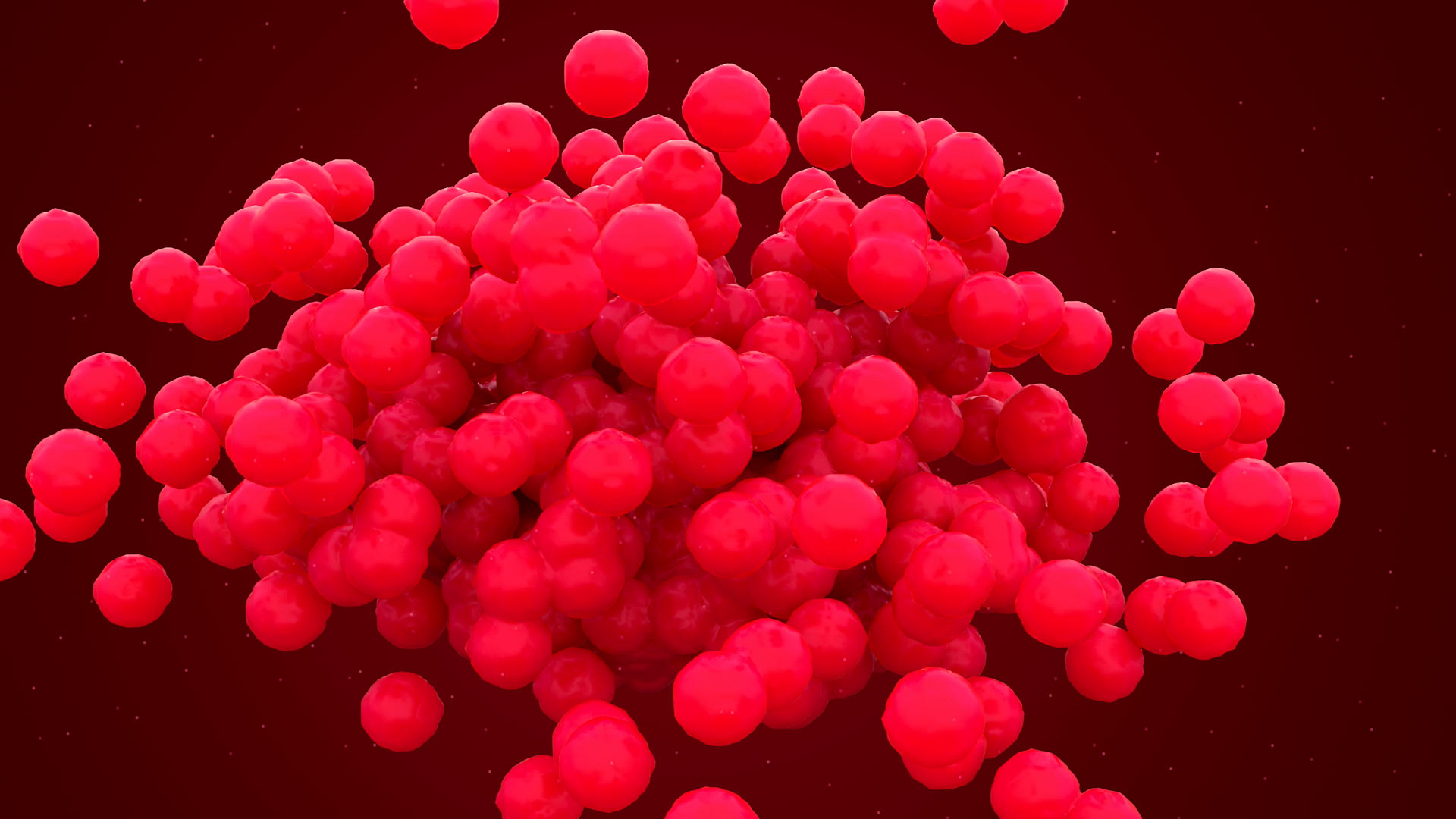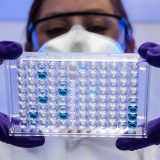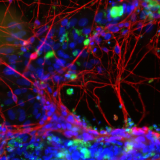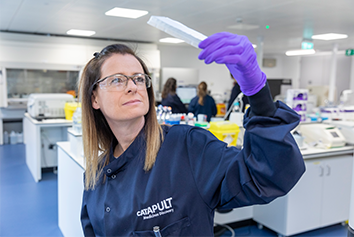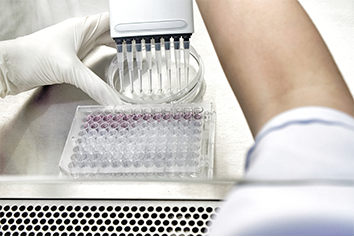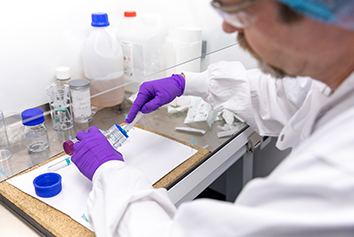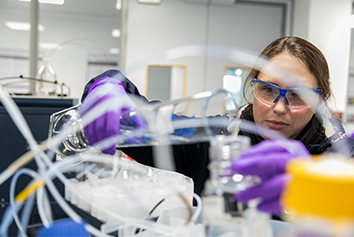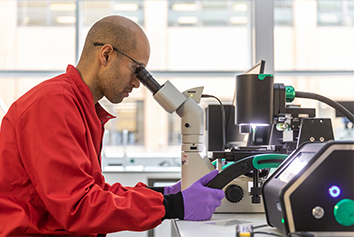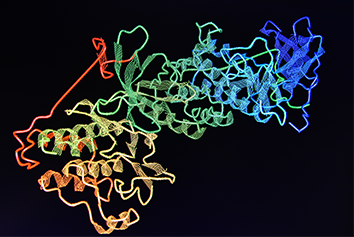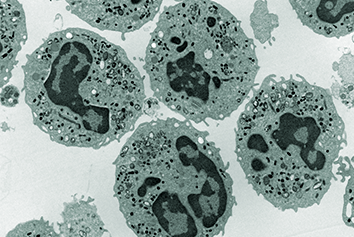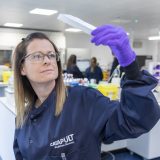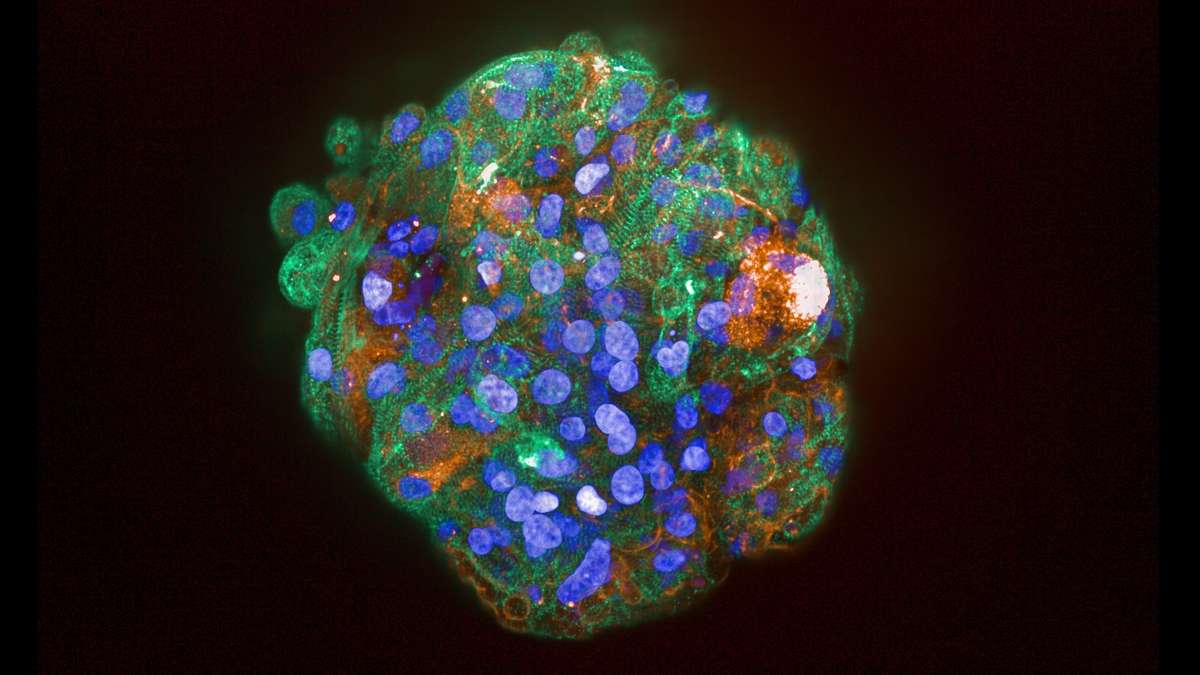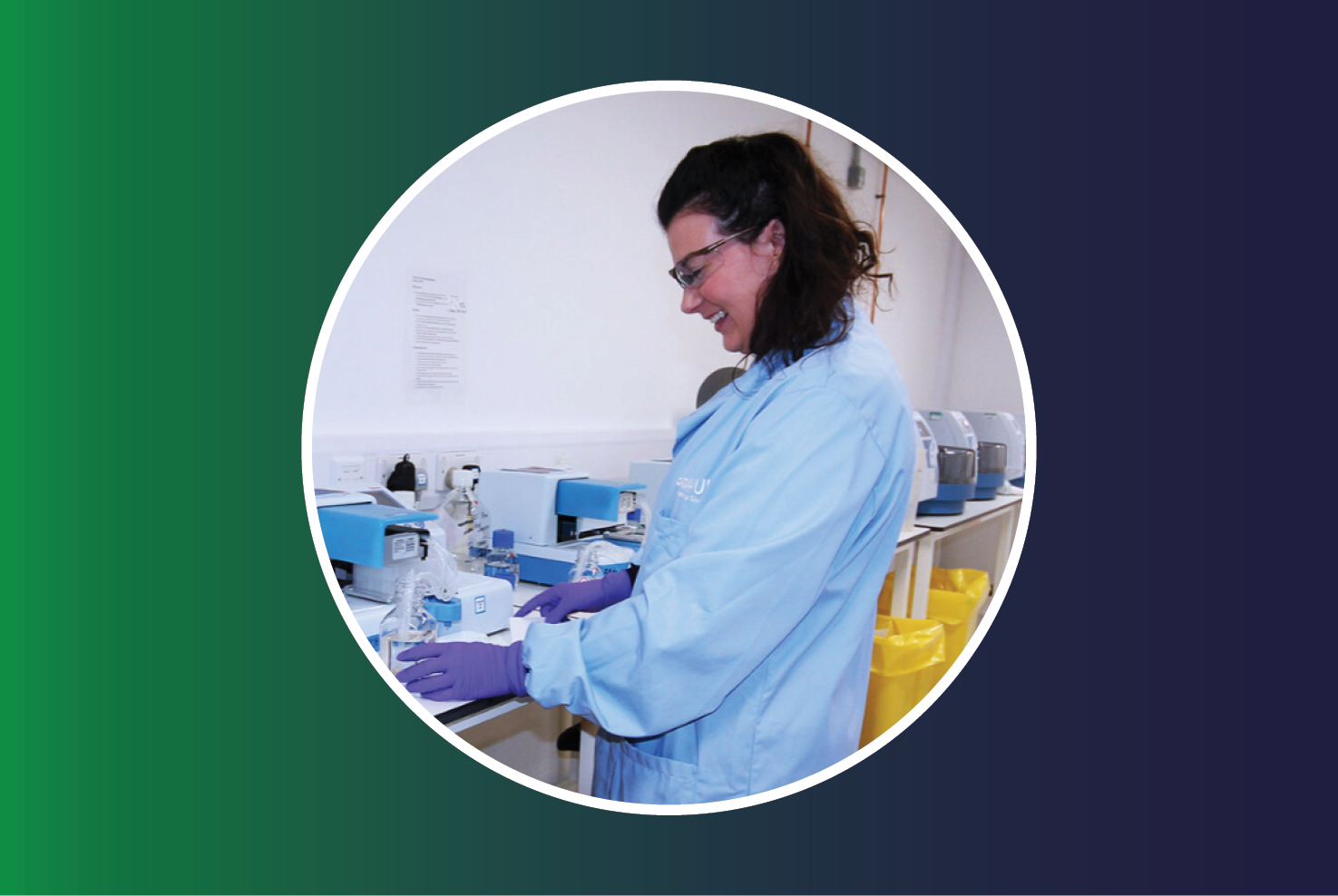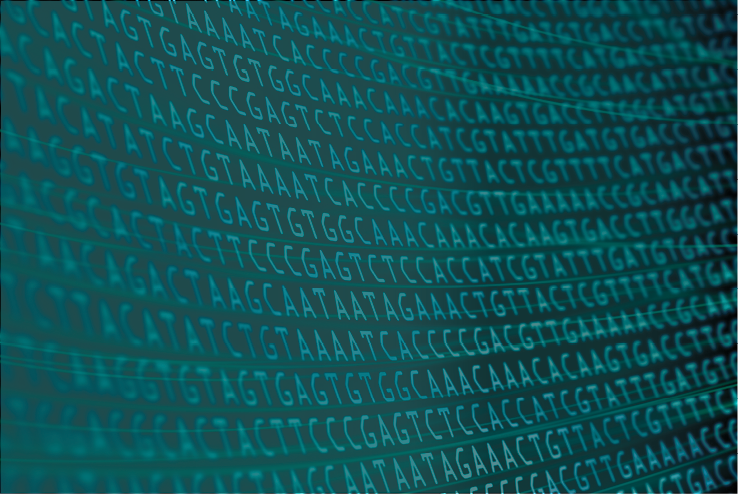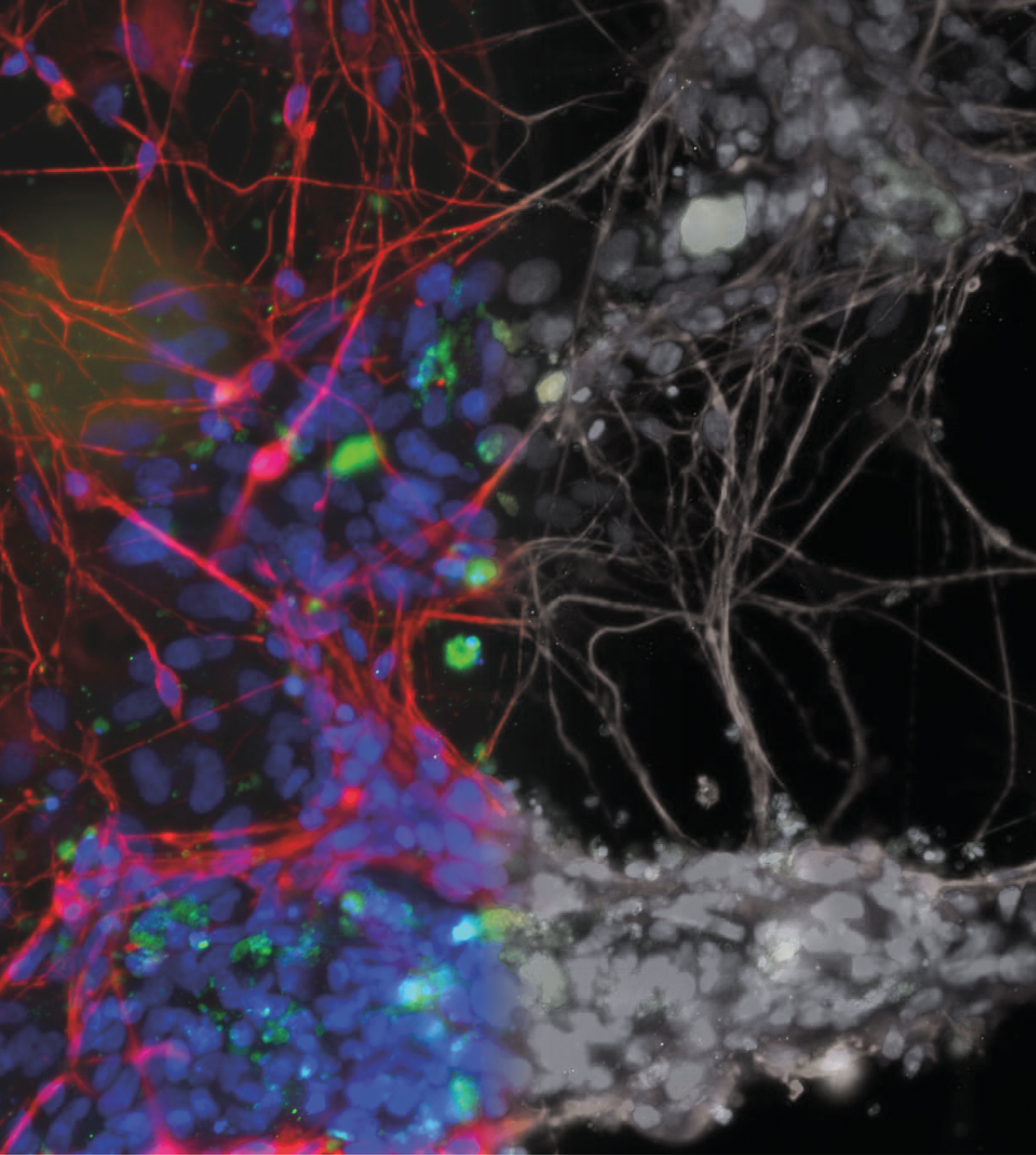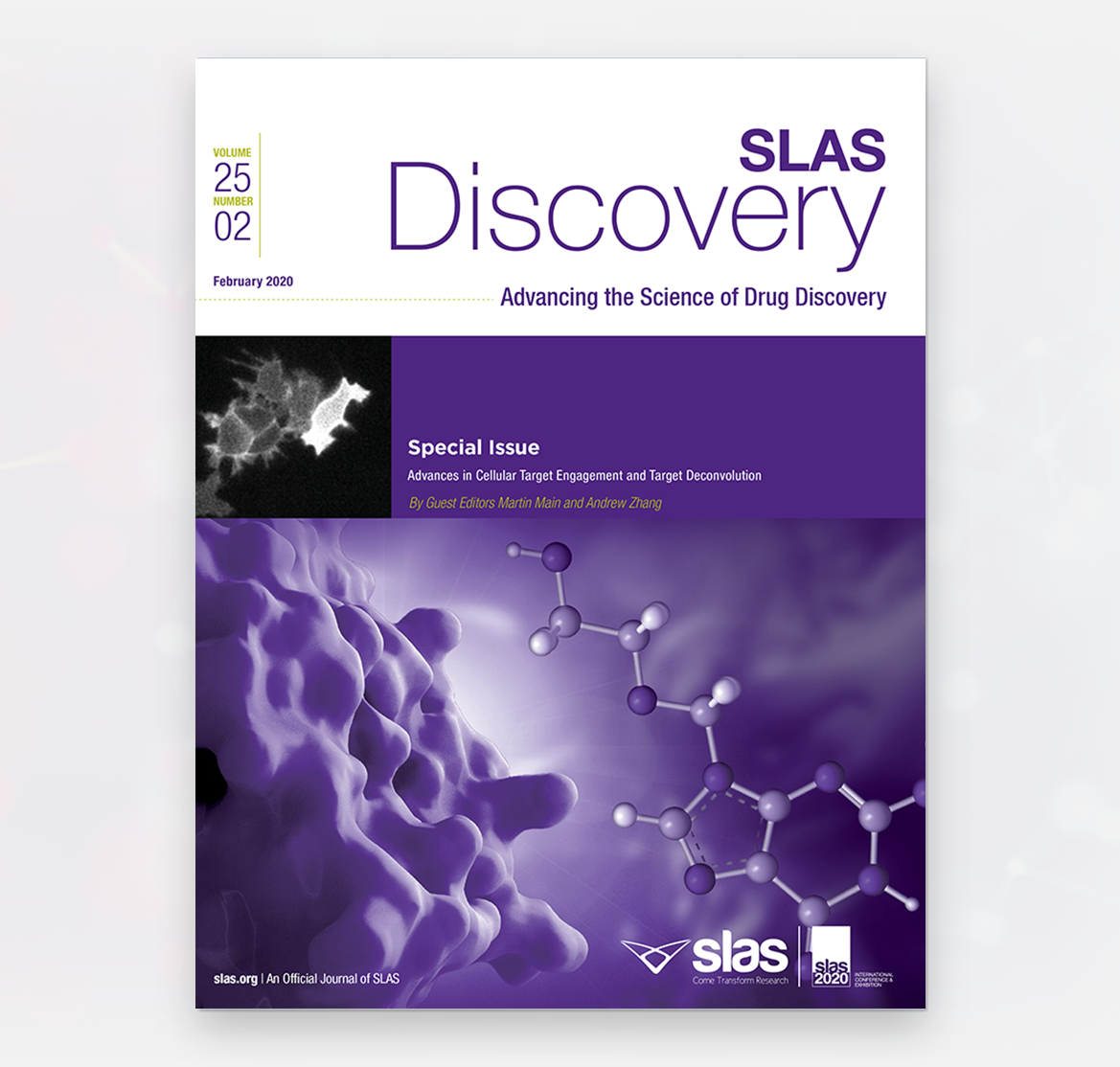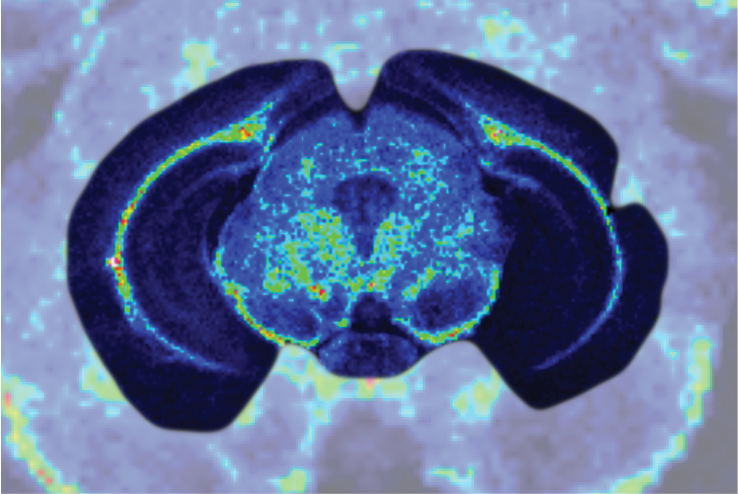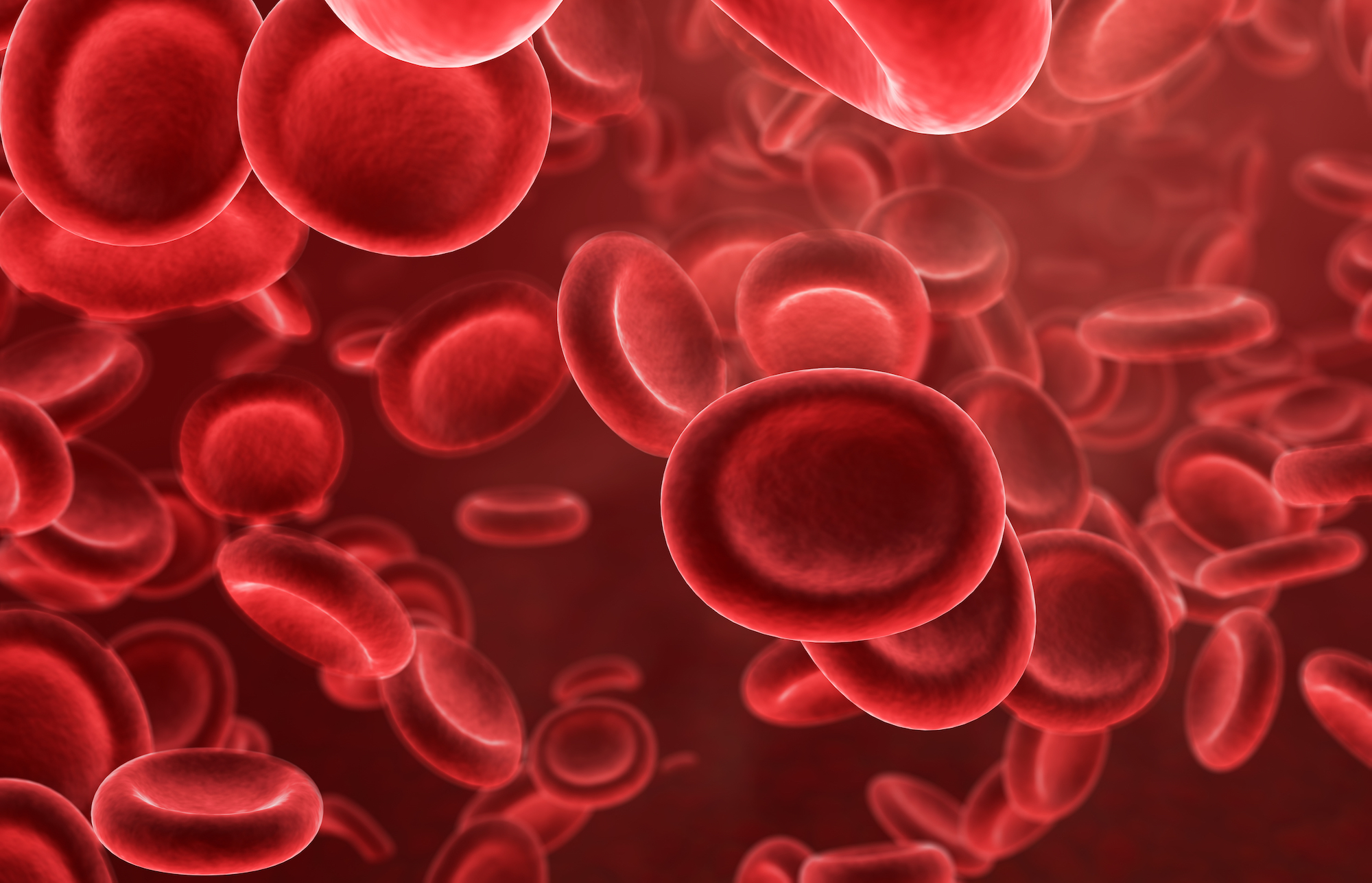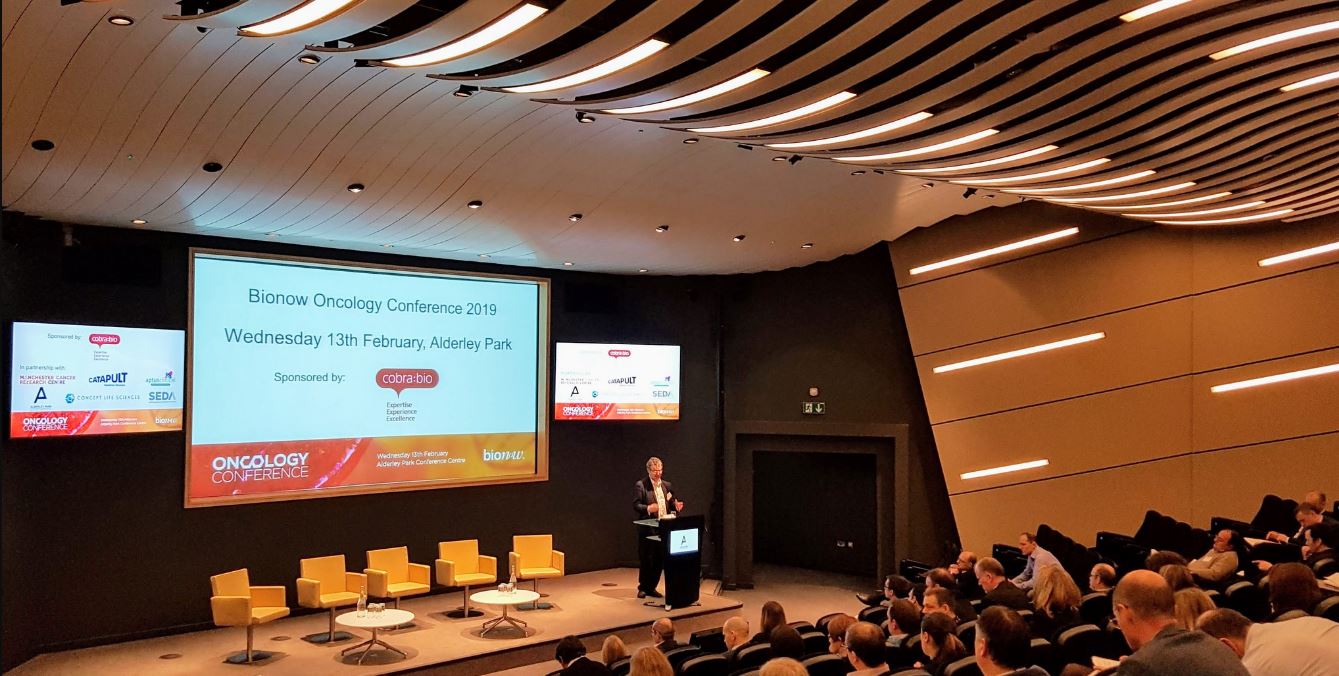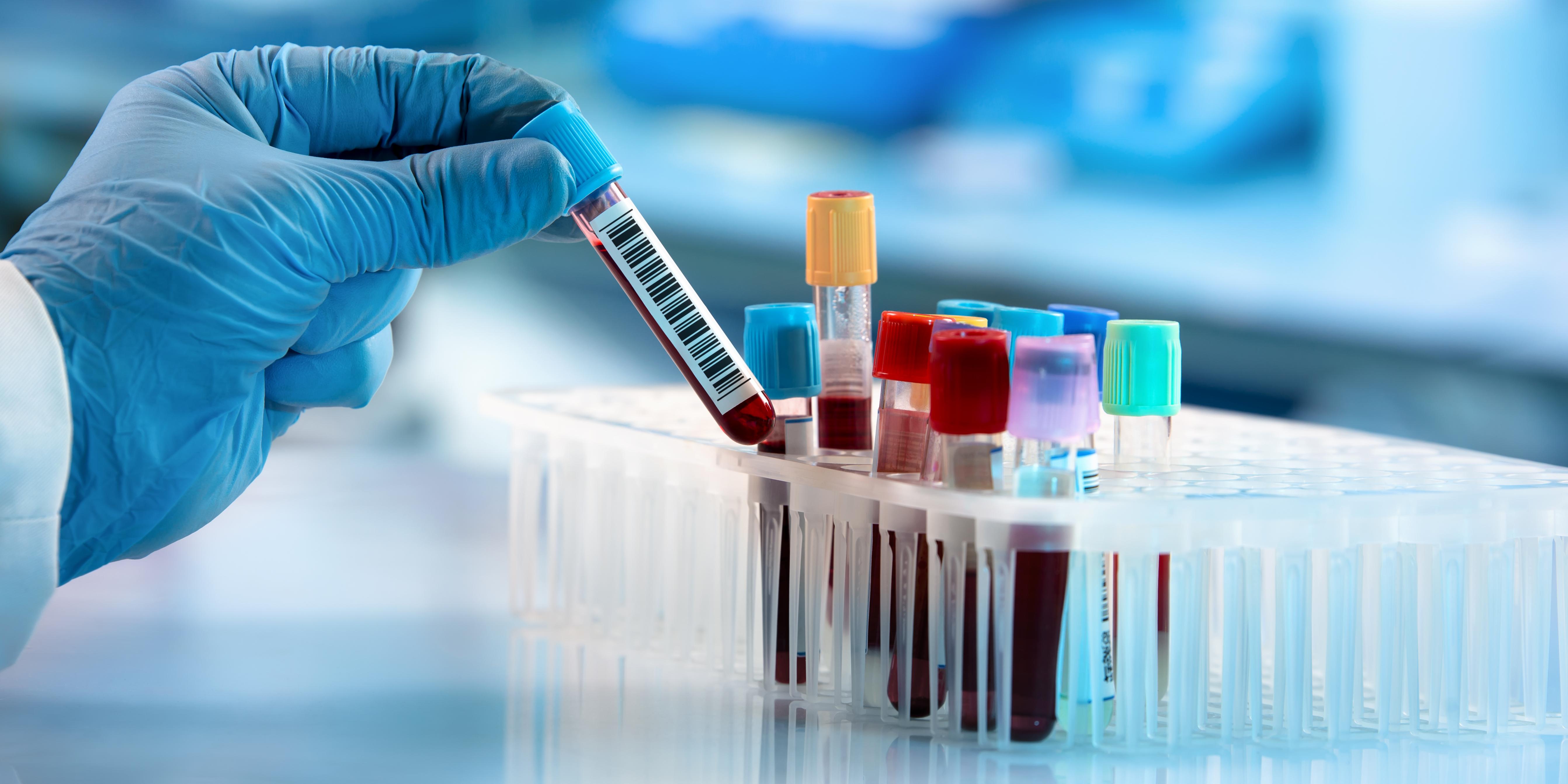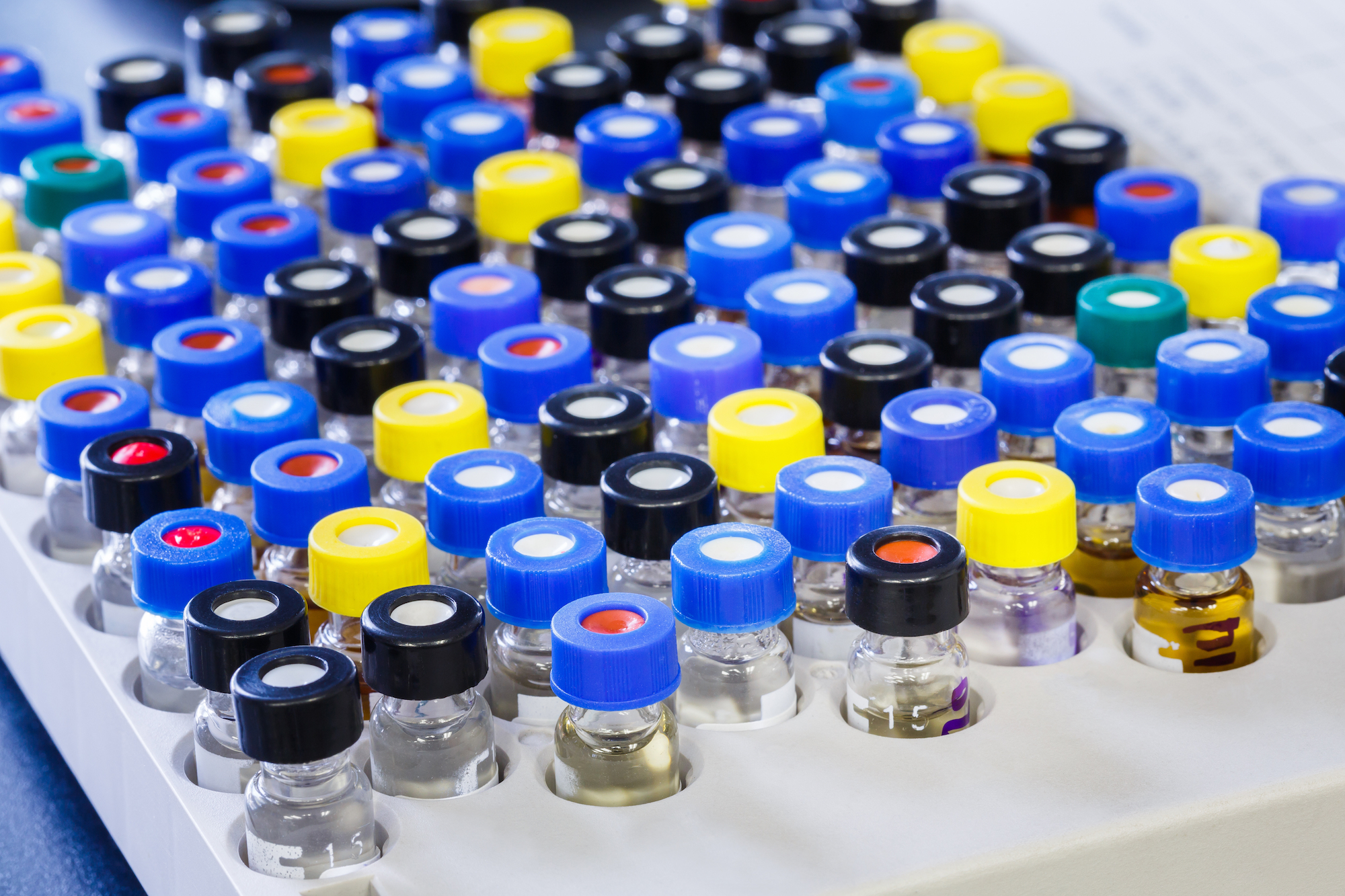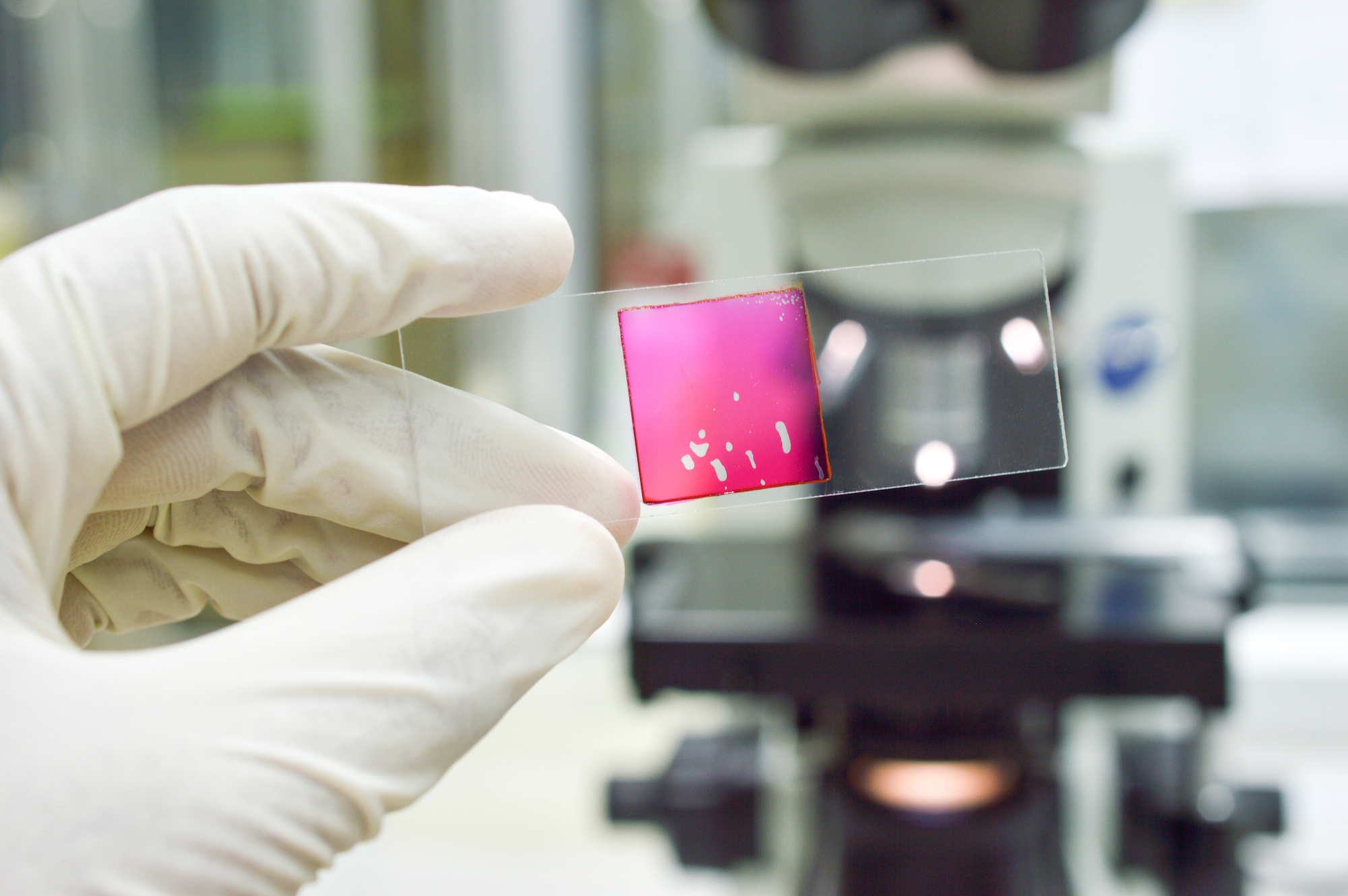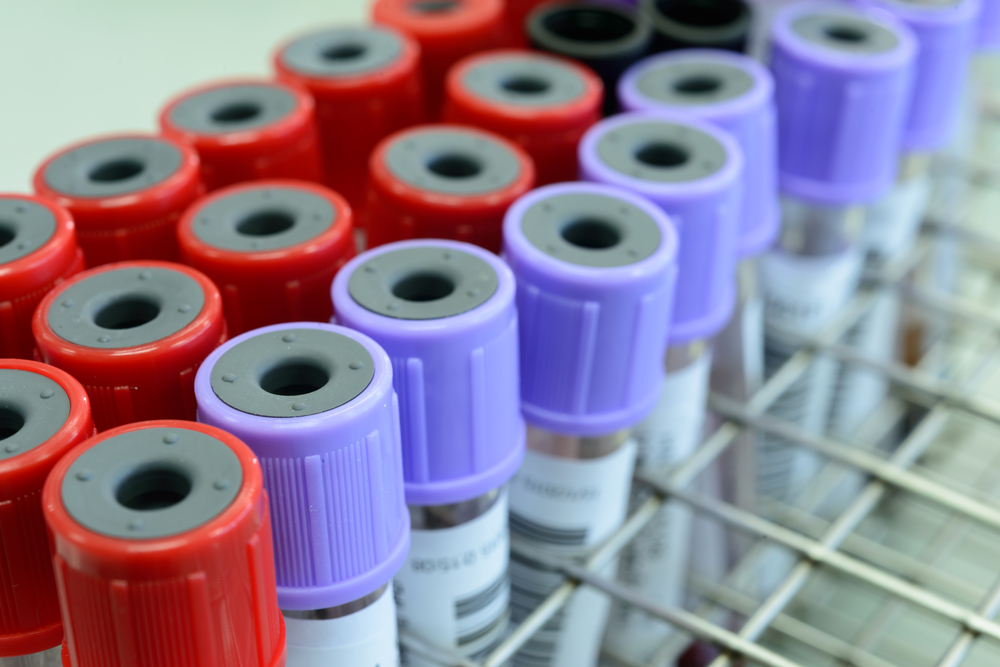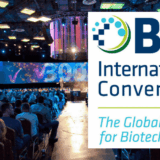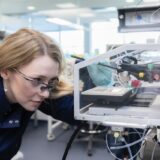The role of kinases in human disease is well known in the drug discovery world, making them significant therapeutic intervention points. There are over 500 known kinases in the human kinome and over 150 are mutated or misregulated in various disease states. However, developing a selective kinase inhibitor can be both challenging and time consuming. There is thus an increasing demand for broad kinase compound profiling services. Read on to learn about some proven techniques used for kinase profiling.
The basics of kinases
Kinases are enzymes that transfer phosphate groups (PO43−) from ATP (adenosine triphosphate) to other specified proteins. They play an extensive role in signal transduction and regulation of complex cellular processes vital to maintaining life. They are highly regulated either by themselves, small molecules or protein-protein interactions (PPI). Their dysregulation is associated with various diseases such as cancer, osteoporosis, inflammatory diseases, diabetes and neurodegeneration, making them important drug targets.
Development of drugs targeting kinases relies on suitable bioassay techniques that can measure the addition of phosphate group to the molecule or the inhibition of this reaction by a test compound. Compounds can either be tested against a single kinase to identify a lead with high potency or profiled against a panel of kinases to establish their selectivity. Inhibition activity, binding affinity, selectivity and kinetics of compound binding are some of the parameters that need to be understood before candidate compounds can proceed to clinical stages. There are many assays and technologies available to study kinase activity, such as radioactive techniques, phospho-specific antibodies, mass spectrometry analysis, and more recently NanoBRET™.
Direct measurement of phosphorylation
Radioactive in vitro kinase assays using 32P-labelled ATP or 33P-labelled ATP are one of the oldest techniques used for studying protein phosphorylation. They rely on the transfer of radioactive phosphate groups from ATP to the substrate by a kinase, allowing detection of activity. Radioactive assays work well in cases where the site of phosphorylation or the kinase involved is unknown. They are labour intensive, require safe disposal of radioactive elements and are usually unsuitable for high throughput screening.
Indirect measurement of phosphorylation
Use of phospho-specific antibodies is another common way to measure phosphorylation. Not only can these highly specific antibodies recognise the phosphorylated state of a particular protein, they can even discriminate between different phosphorylation sites. Phospho-specific antibodies can be used in different assay techniques such as Western blots, ELISA and immunofluorescence. However, finding specific antibody pairs can be challenging.
Homogeneous Time Resolved Fluorescence (HTRF) is a widely used assay technology that can be applied to a number of enzymatic activity assays, such as kinases, proteases, etc. It combines FRET (Fluorescence Resonance Energy Transfer Technology) with TR (Time-Resolved) measurement resulting in TR-FRET. In TR-FRET assays, proximity between donor and acceptor molecules results in fluorescent resonance energy transfer between them, generating a signal. There are two main formats for HTRF in these assays:
- Sandwich format that measures the signals generated when the status of a labelled substrate changes
- Competition format that monitors other products generated in the reactions, e.g. ADP.
Some of the key advantages of HTRF are:
- HTRF emissions are measured at two different wavelengths, 620nm (donor) and 665nm (acceptor), which reduces well-to-well variations that can arise in homogeneous assay formats
- Being amenable to be highly miniaturised, making them adaptable to HTS
- The elimination of short-lived background fluorescence
- Extreme sensitivity and versatility
Despite its popularity, there are some inherent limitations to this approach such as quenching and auto fluorescence of library compounds or proteins.

All of the above techniques are end point assays requiring the destruction of the cells in order to obtain the phosphorylated protein to measure the response or activity.
NanoBRET™: A live cell kinase assay
A method to study kinase activity with more physiological relevance is to measure compound binding to a specific target kinase within intact cells. Promega’s NanoBRET Target Engagement is a first of its kind assay that enables researchers to quantitatively measure test compound binding at full-length kinase targets in live cells. This analysis can be performed in cultured cells via energy transfer between a 19-kDa luciferase (NanoLuc, Nluc)-tagged target kinase and a cell-permeable fluorescent energy transfer probe introduced into the assay. Addition of competing compounds results in a dose-dependent decrease in NanoBRET™ signal, which allows quantification of the intracellular affinity of the target kinase for the test compound.
Download a video to find out more about NanoBRET™ >
Some of the advantages of this technique are:
- First biophysical technique to profile compound binding for intracellular targets, i.e. a functional pharmacology assay
- Intracellular examination of compound binding to target kinase at physiological ATP concentrations in live cells
- Expression of full-length kinase target in cells
- Cells can be disrupted (with digitonin) to release cellular content from the cell and the assay can be performed as a pseudo biochemical binding assay
- Examination of the compound K-on (association rate) and K-off (dissociation rate) with kinase
- The approach can be used to look at allosteric inhibitors in addition to ATP competitive inhibitors

As all these approaches have their own pros and cons, the decision to select a particular technique will depend on the sample type, available instrumentation, desired throughput, etc. Although there is no single technology that can sufficiently satisfy all kinase drug discovery needs, a suitable assay format can be found for specific needs and targets.
About the author
Payash Bahuguna is Marketing Manager for Aurelia Bisocience.
She has a masters degree in Biotechnology and Entrepreneurship from the University of Nottingham and experience working with SMEs in the life science sector. Payash routinely writes blogs and articles for Aurelia Bioscience on both technical and non-technical subjects.

